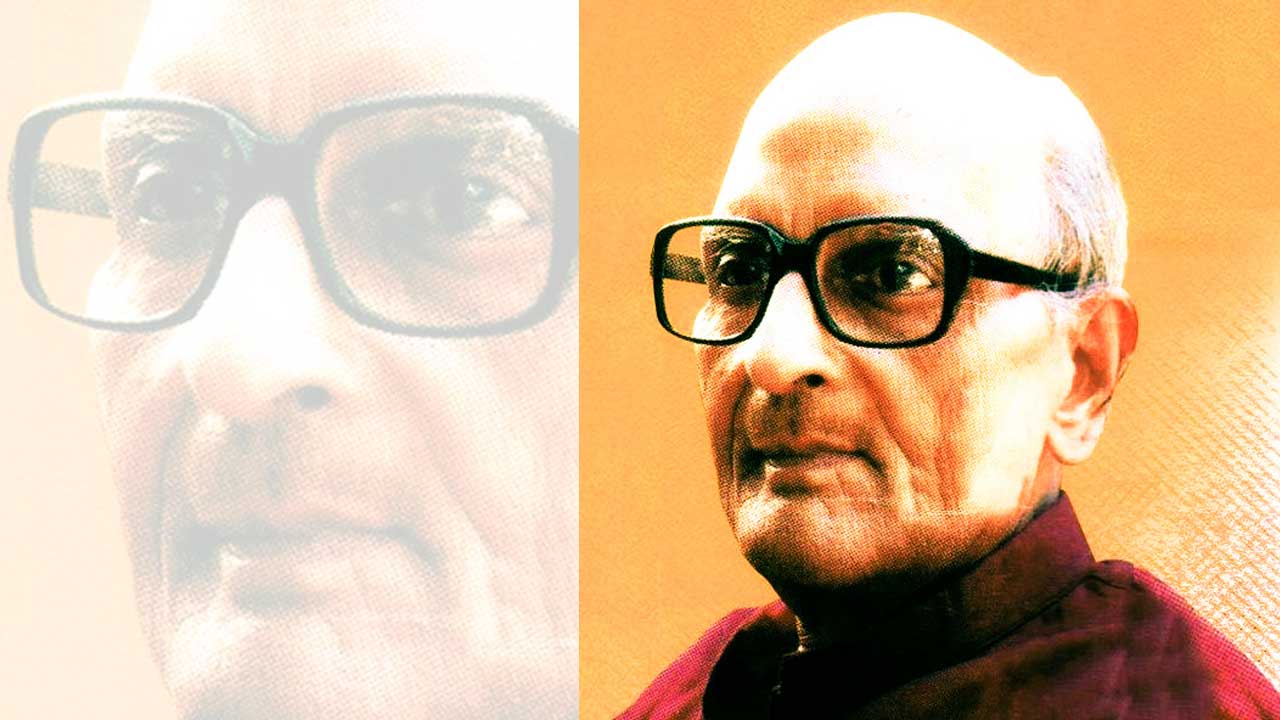Kabir’s poetry conveys a lot through description of castes and their configurations. He had a good understanding of the social positioning of castes. His poems are devotional but he is under no illusion regarding the reality of caste. My book Jati ke Prashn par Kabir focuses on Kabir’s views on caste.
For some time now, history has been subjected to all kinds of experiments. Despite some of them being not serious, “the rogue information network” has lent credence to them. Things that are oversimplified, imaginary or sentimental get more traction these days. Fundamentalism has become the basis of ideologies. Love is not in the air, hatred is. The result is that we are marching towards the dark dungeons of blind nationalism and self-glorification. Those who showed us the way are portrayed as those who have themselves lost their way. The personalities and beliefs of those who played historic roles are being mocked.
It is being said that the “caste question” is a legacy of the Mughal and British periods; before that, caste-related problems were either absent or of little consequence. Blind nationalism pushes the past into dark and unknown caves and fashions a history of its own. While diverse ways to look at the past are welcome, arbitrary and whimsical distortions are not and demand intervention.
My book Jati ke Prashn par Kabir dwells on the questions related to caste with the help of the three hundred-odd poems of Kabir. These poems have been compiled in the appendix of the book. One of the reasons Kabir is considered a great poet of medieval India is that he has raised the question of caste prominently and without pulling punches. He has talked about the various layers of the caste system. Besides Hindu castes, he refers to Muslim castes, too. His ideological maturity is evident. The “modernism” of Kabir that Muktibodh talks about has a lot to do with these kinds of poems. Kabir was not just a poet who opposed the Varnashrama system or who spoke emotionally against the caste system. He dwelt on the roles of the castes in the making of society. His poems are proof that caste diversity was a feature of Indian society long before the colonial era. Poets who shared Kabir’s outlook but predated him have also written similar poems. Poetic works about caste had started appearing long before the Muslims consolidated their rule in India. They give us an opportunity to understand our society with its caste configurations. Nirgun poets offer numerous clues in understanding the sociology of caste provided we study them in depth and in conjunction with their tradition. Such an exercise will also tell us that the tradition of resistance to caste-induced injustice is also very old.
The tendency of quoting these poems to emphasize that they oppose or support the Varnashrama system limits their utility. Because we put the castes in caste-groups, we fail to understand the diversity of the view of these poets. Opposition to Varnashrama was first portrayed as opposition to Brahmans and then as opposition to savarnas. The language of Kabir’s poetry is different. He does criticize Brahmins but he also criticizes other castes as vehemently. He flays “Mahtos” and “Khatiks” but spares Rajputs. Thus Kabir has very adroitly presented the diversity of caste in his works. He does not consider anyone high or low on the basis of their caste but is very alert to caste-based discrimination.

To sum up, Kabir’s poetry affords us material, rich in both content and vision, to understand medieval society. One should take note of the various theories about Kabir’s works but the theories shouldn’t take precedence over his works. Only his poems can lead us to Kabir’s thinking. There is no better way to gain access to Kabir’s thinking than through the finer nuances of meaning inherent in poetic language.
(Translation: Amrish Herdenia; copy-editing: Anil)






